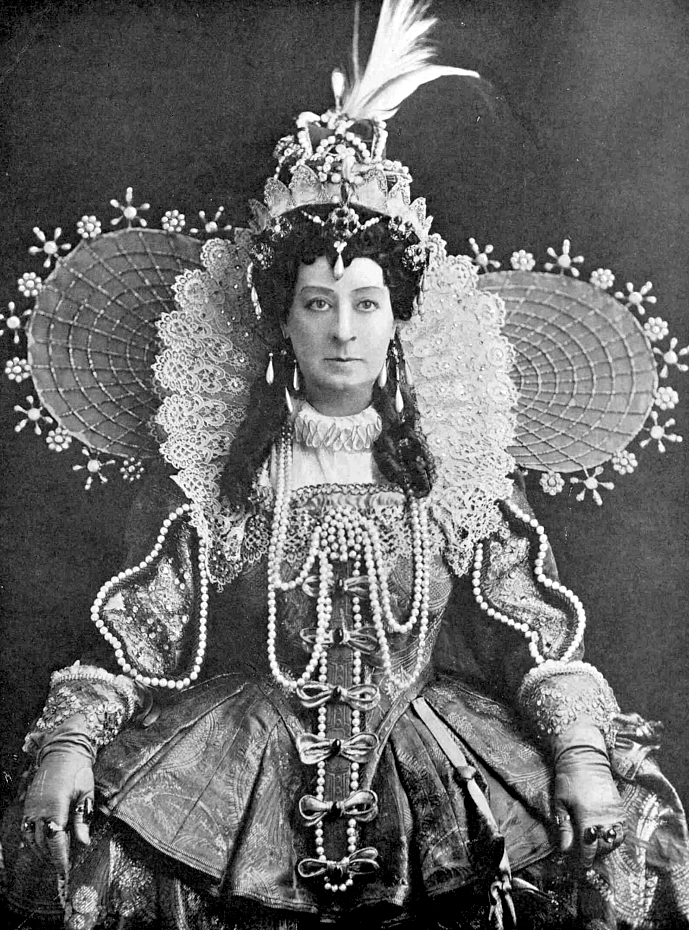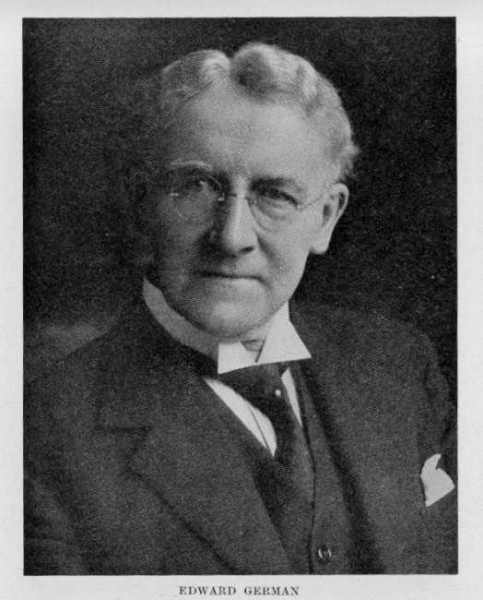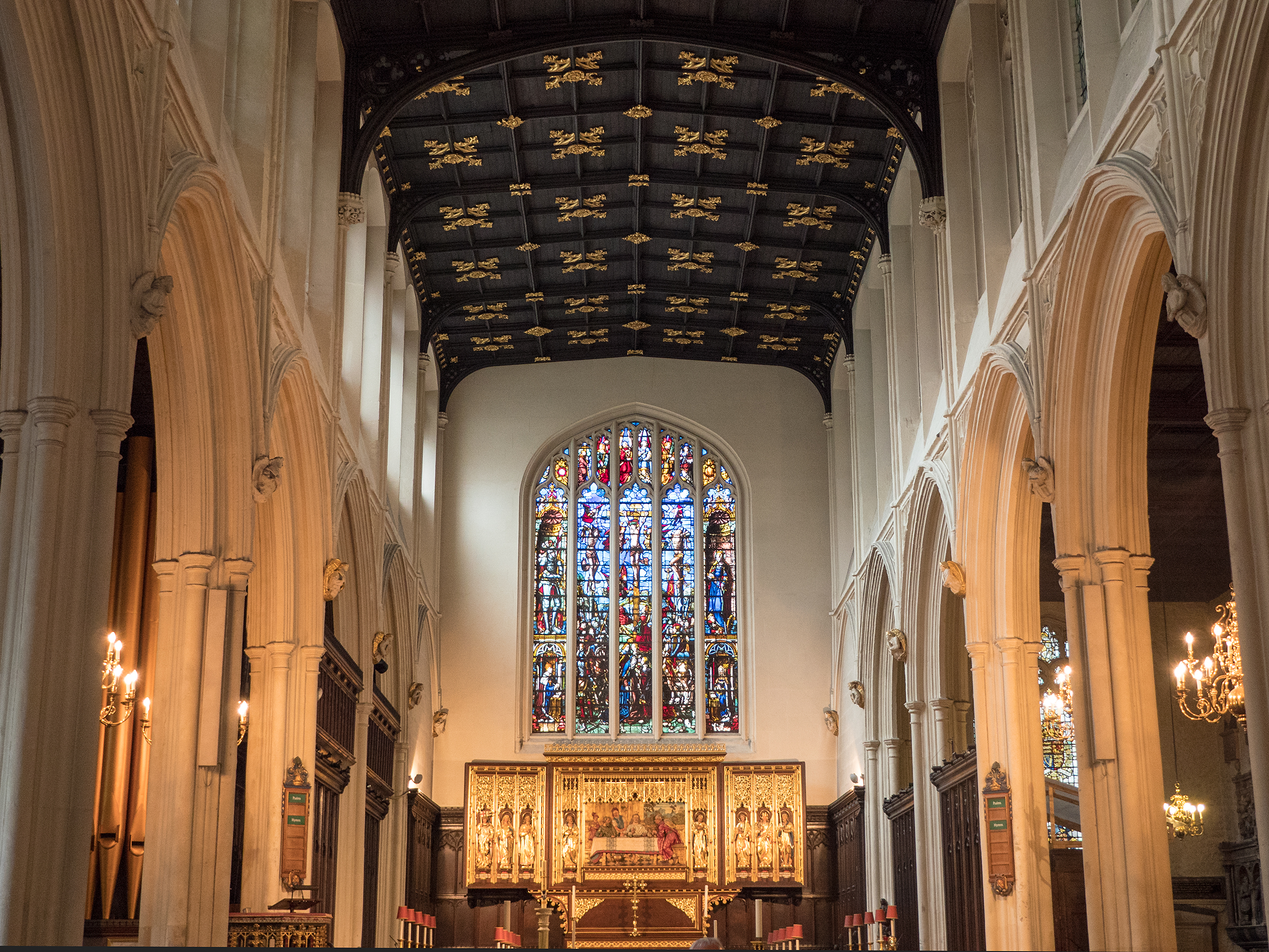|
Elizabeth Throckmorton
Elizabeth, Lady Raleigh (''née'' Throckmorton; 16 April 1565 – c. 1647) was an English courtier, a Gentlewoman of the Privy Chamber to Queen Elizabeth I of England. Her secret marriage to Sir Walter Raleigh precipitated a long period of royal disfavour for both her and her husband. History Elizabeth, known also as "Bess", was the daughter of the diplomat Sir Nicholas Throckmorton and Anne Throckmorton (''née'' Carew). Bess and her brother Arthur were courtiers to Elizabeth I. In her book, ''The Life of Elizabeth I'' (1998), British author and historian Alison Weir states Throckmorton and Raleigh's first child was conceived by July 1591, the couple were married "in great secrecy" in the autumn of 1591, and their son was born in March 1592. The boy was christened Damerei, after Sir Walter's claimed ancestors, the D'Ameries. Damerei is believed to have died during infancy. Weir states that Queen Elizabeth first became aware in May 1592 of the secret marriage and of Damere ... [...More Info...] [...Related Items...] OR: [Wikipedia] [Google] [Baidu] |
William Segar
Sir William Segar (c. 1554–1633) was a portrait painter and officer of arms to the court of Elizabeth I of England; he became Garter King of Arms under James I. Like other artists of the Tudor court, Segar was active in more than one medium, painting portraits of luminaries of the court in addition to his duties in the College of Arms. He painted Elizabeth's favourite the Earl of Essex in his "Sable sad" (black) armour for the Accession Day tilt of 1590. The famous "Ermine Portrait" of Elizabeth is sometimes attributed to Segar. Personal life William Segar may have been the son of one Nicholas Segar or of Francis Nycholson, alias Seager, who became a freeman of the Stationers' Company in 1557. Once thought to be of Dutch origin, Segar is now believed to have been born in England of an English mother. Segar stated his age as "fifty or thereabouts" in a document dated 13 September 1604. By 1584 William had married Helen Somers, and had three sons and three daughters. By 1596 ... [...More Info...] [...Related Items...] OR: [Wikipedia] [Google] [Baidu] |
Lord Keeper Of The Great Seal
The Lord Keeper of the Great Seal of England, and later of Great Britain, was formerly an officer of the English Crown charged with physical custody of the Great Seal of England. This position evolved into that of one of the Great Officers of State. History The seal was adopted by Edward the Confessor, and its custody was at first entrusted to a chancellor. The office of chancellor from the time of Thomas Becket onwards varied much in importance. The holder being a churchman, he was not only engaged in the business of his diocese, but was sometimes away from England. Consequently, it became not unusual to place the personal custody of the great seal in the hands of a ''vice-chancellor'' or ''keeper''; this was also the practice followed during a temporary vacancy in the chancellorship. This office gradually developed into a permanent appointment, and the lord keeper acquired the right of discharging all the duties connected with the great seal. He was usually, though not necess ... [...More Info...] [...Related Items...] OR: [Wikipedia] [Google] [Baidu] |
Love Triangle
A love triangle or eternal triangle is a scenario or circumstance, usually depicted as a rivalry, in which two people are pursuing or involved in a romantic relationship with one person, or in which one person in a romantic relationship with someone is simultaneously pursuing or involved in a romantic relationship with someone else. A love triangle typically is not conceived of as a situation in which one person loves a second person, who loves a third person, who loves the first person, or variations thereof. Love triangles are a common narrative device in theater, literature, and film. Statistics suggest that, in Western society, "Willingly or not, most adults have been involved in a love triangle." The 1994 book ''Beliefs, Reasoning, and Decision Making'' states, "Although the romantic love triangle is formally identical to the friendship triad, as many have noted their actual implications are quite different ... Romantic love is typically viewed as an exclusive relatio ... [...More Info...] [...Related Items...] OR: [Wikipedia] [Google] [Baidu] |
Norah Lofts
Norah Lofts, ''née'' Norah Ethel Robinson, (27 August 190410 September 1983) was a 20th-century British writer. She also wrote under the pen names Peter Curtis and Juliet Astley. She wrote more than fifty books specialising in historical fiction, but she also wrote some mysteries, short stories and non-fiction. Many of her novels, including her Suffolk Trilogy, follow the history of specific houses and their residents over several generations. Personal life Norah Ethel Robinson was born in Shipdham, Norfolk to Isaac Robinson and Ethel Garner, and grew up in Bury St Edmunds where was educated at Guildhall Feoffment Girls School and the County Grammar School for Girls in the town. In 1925 she attained a teaching diploma from Norwich Training College. She married Geoffrey Lofts in 1931 with whom she had one son, Clive. Geoffrey died in 1948. Lofts wed her second husband, Robert Jorisch, a technical consultant to the British Sugar Corporation at the town's sugar beet factory ... [...More Info...] [...Related Items...] OR: [Wikipedia] [Google] [Baidu] |
Merrie England (opera)
''Merrie England'' is an English comic opera in two acts by Edward German to a libretto by Basil Hood. The patriotic story concerns love and rivalries at the court of Queen Elizabeth I, when a love letter sent by Sir Walter Raleigh to one of Queen Elizabeth's ladies-in-waiting, Bessie Throckmorton, ends up in the hands of the Queen. Well-known songs from the opera include "O Peaceful England", "The Yeomen of England" and "Dan Cupid hath a Garden". The piece played at the Savoy Theatre in London in 1902–1903. It has been revived many times, both professionally and by amateur operatic groups. There have been complete recordings of the score and several issues of recorded excerpts. Background and original production Basil Hood's libretto makes heavy use of wordplay for comic (and dramatic) effect. For example, the homophones 'fore' and 'four' are used in a scene in the second act where it is explained that a dragon has "four legs, two of which are hind legs and two of whic ... [...More Info...] [...Related Items...] OR: [Wikipedia] [Google] [Baidu] |
Edward German
Sir Edward German (17 February 1862 – 11 November 1936) was an English musician and composer of Welsh descent, best remembered for his extensive output of incidental music for the stage and as a successor to Arthur Sullivan in the field of English comic opera. Some of his light operas, especially '' Merrie England'', are still performed. As a youth, German played the violin and led the town orchestra of Whitchurch, Shropshire. He also began to compose music. While performing and teaching violin at the Royal Academy of Music, German began to build a career as a composer in the mid-1880s, writing serious music as well as light opera. In 1888, he became music director of the Globe Theatre in London. He provided popular incidental music for many productions at the Globe and other London theatres, including ''Richard III'' (1889), ''Henry VIII'' (1892) and ''Nell Gwynn'' (1900). He also wrote symphonies, orchestral suites, symphonic poems and other works. He also wrote a consi ... [...More Info...] [...Related Items...] OR: [Wikipedia] [Google] [Baidu] |
Elizabeth Carew
Elizabeth Carew (née Bryan; – 1546) was an English courtier and reputed mistress of King Henry VIII. A daughter of Sir Thomas Bryan and Margaret Bourchier, Elizabeth became the wife of Henry VIII's close friend Sir Nicholas Carew, an influential statesman who was eventually executed for his alleged involvement in the Exeter Conspiracy. Her brother, Sir Francis, a member of the Privy Chamber and one of the king's closest friends, was responsible for sitting in the jury that convicted his sister's husband, who was sentenced to death, and thus reduced her to penury. Life She was a first half-cousin of both Anne Boleyn and Catherine Howard and a second half-cousin of Jane Seymour, which increased her standing at court. Her only brother was Sir Francis Bryan, called "the Vicar of Hell" for his lack of principles. She is said to have been friends with Bessie Blount, Henry's mistress who produced an illegitimate son in 1519. Her mother, Margaret Bourchier, was a half-sist ... [...More Info...] [...Related Items...] OR: [Wikipedia] [Google] [Baidu] |
Nicholas Carew (courtier)
Sir Nicholas Carew KG (c. 1496 – 3 March 1539), of Beddington in Surrey, was an English courtier and diplomat during the reign of King Henry VIII. He was executed for his alleged part in the Exeter Conspiracy. Early career Nicholas Carew was the son of Sir Richard Carew, Captain of Calais (1469 – May 23, 1520) and Malyn Oxenbridge, the daughter of Sir Robert Oxenbridge (1414 – 1486) of Brede, Sussex. When he was six years of age, he was placed in the household of the young King Henry VIII of England, and shared the King's education. In the early years of King Henry's reign, he came to prominence at court through his skill at jousting, and was renowned for his fearlessness. By 1515, Carew's fame in the lists was such that the King provided him with his own tiltyard at Palace of Placentia, Greenwich. He was Knight Bachelor, knighted sometime before 1517. He was a prominent member of the Court and held the position of Master of the Horse, as well as other prominent offic ... [...More Info...] [...Related Items...] OR: [Wikipedia] [Google] [Baidu] |
Catherine Parr
Catherine Parr (sometimes alternatively spelled Katherine, Katheryn, Kateryn, or Katharine; 1512 – 5 September 1548) was Queen of England and Ireland as the last of the six wives of King Henry VIII from their marriage on 12 July 1543 until Henry's death on 28 January 1547. Catherine was the final queen consort of the House of Tudor, and outlived Henry by a year and eight months. With four husbands, she is the most-married English queen. She was the first woman to publish an original work under her own name in English in England. Catherine enjoyed a close relationship with Henry's three children, Mary, Elizabeth, and Edward. She was personally involved in the education of Elizabeth and Edward. She was influential in Henry VIII's passing of the Third Succession Act in 1543 that restored his daughters Mary and Elizabeth to the line of succession to the throne. Catherine was appointed regent from July to September 1544 while Henry was on a military campaign in France and in c ... [...More Info...] [...Related Items...] OR: [Wikipedia] [Google] [Baidu] |
Henry VIII Of England
Henry VIII (28 June 149128 January 1547) was King of England from 22 April 1509 until his death in 1547. Henry is best known for his six marriages, and for his efforts to have his first marriage (to Catherine of Aragon) annulled. His disagreement with Pope Clement VII about such an annulment led Henry to initiate the English Reformation, separating the Church of England from papal authority. He appointed himself Supreme Head of the Church of England and dissolved convents and monasteries, for which he was excommunicated by the pope. Henry is also known as "the father of the Royal Navy" as he invested heavily in the navy and increased its size from a few to more than 50 ships, and established the Navy Board. Domestically, Henry is known for his radical changes to the English Constitution, ushering in the theory of the divine right of kings in opposition to papal supremacy. He also greatly expanded royal power during his reign. He frequently used charges of treason and ... [...More Info...] [...Related Items...] OR: [Wikipedia] [Google] [Baidu] |
St Margaret's, Westminster
The Church of St Margaret, Westminster Abbey, is in the grounds of Westminster Abbey on Parliament Square, London, England. It is dedicated to Margaret of Antioch, and forms part of a single World Heritage Site with the Palace of Westminster and Westminster Abbey. History and description The church was founded in the twelfth century by Benedictine monks, so that local people who lived in the area around the Abbey could worship separately at their own simpler parish church, and historically it was within the hundred of Ossulstone in the county of Middlesex. In 1914, in a preface to ''Memorials of St. Margaret's Church, Westminster'', a former Rector of St Margaret's, Hensley Henson, reported a mediaeval tradition that the church was as old as Westminster Abbey, owing its origins to the same royal saint, and that "The two churches, conventual and parochial, have stood side by side for more than eight centuries – not, of course, the existing fabrics, but older churches of which ... [...More Info...] [...Related Items...] OR: [Wikipedia] [Google] [Baidu] |
Church Of St Peter Ad Vincula
The Chapel Royal of St Peter ad Vincula ("St Peter in chains") is the former parish church of the Tower of London. It is situated within the Tower's Inner Ward, and the current building dates from 1520, although the church was established several centuries earlier. It is a royal peculiar, under the jurisdiction of the monarch. The chapel's name refers to Saint Peter's imprisonment under Herod Agrippa in Jerusalem. The Chapel is probably best known as the burial place of some of the most famous prisoners executed at the Tower, including Queen Anne Boleyn, Queen Catherine Howard and the "nine-day Queen", Lady Jane Grey and her husband Lord Guilford Dudley, and Sir Thomas More. At the west end is a short tower, surmounted by a lantern bell-cote, and inside the church is a nave and shorter north aisle, lit by windows with cusped lights but no tracery, a typical Tudor design. The church is a Chapel Royal, and the priest responsible for it is the chaplain of the Tower, a canon and mem ... [...More Info...] [...Related Items...] OR: [Wikipedia] [Google] [Baidu] |









